Inside story on Hovingham Hall
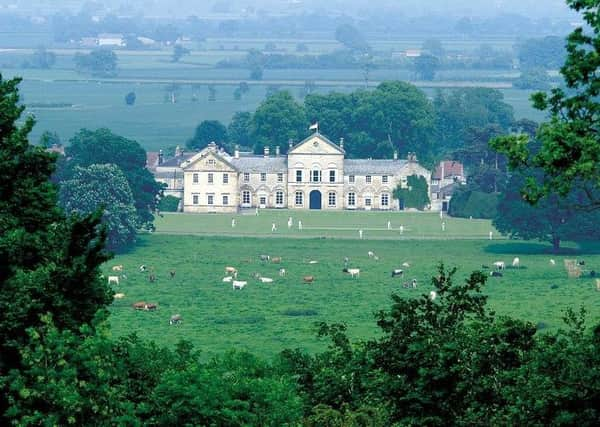

The drawing room at Hovingham Hall was last decorated 82 years ago, not that you’d guess from its pristine yellow walls, which show no signs of old age. “It was done in 1935 but we’ve washed the walls down and they have come up as good as new, though we daren’t move any of the paintings or you’d notice the fading,” says Sir William Worsley, who puts the longevity down to poisonous lead paint, now mostly banned.
He is also careful about how the room is used. It’s for special occasions only and, as the evening progresses, guests are moved down to the stone-floored hunting hall where they can get squiffy and spill their drinks with no risk to the historic décor.
Advertisement
Hide AdAdvertisement
Hide AdThe property, which sits in the centre of the village of Hovingham in the Howardian Hills, is a Palladian gem built for Thomas Worsley between 1750 and 1770. The childhood home of the Duchess of Kent, its architecture and interiors are a joy. It is the only house in the world where the front door is approached through a large covered riding school and the grounds include the oldest continually-played-on private cricket ground in England.
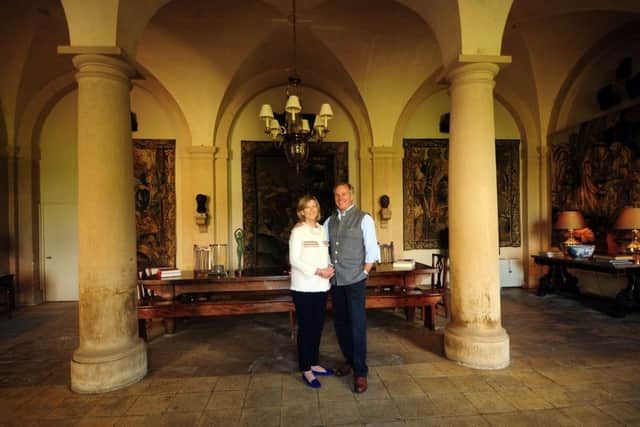

You can see it for yourself, as Hovingham Hall is open for a month ending on June 28. The opening fulfils the terms of an English Heritage grant that helped with re-roofing costs.
“We had to open for one month a year for 15 years and this is the last year but I think we will continue it because it feels right to share the house,” says Sir William, who adds that opening for longer would destroy the “sparkle” and the feel of what is still a family home. There is no financial incentive as the ticket revenue only just covers the cost of opening.
Keeping a close eye on money is imperative and, so far, primogeniture hasn’t let the Worsleys down. Successive generations have done a splendid job of preserving the estate, which includes about half the homes in the village, agricultural land and forestry.
Advertisement
Hide AdAdvertisement
Hide AdIncome from the land, which the Worsleys bought in 1563, helps maintain the hall, which costs £100,000 a year to run. If you add in repairs, then the bill doubles to £200,000.
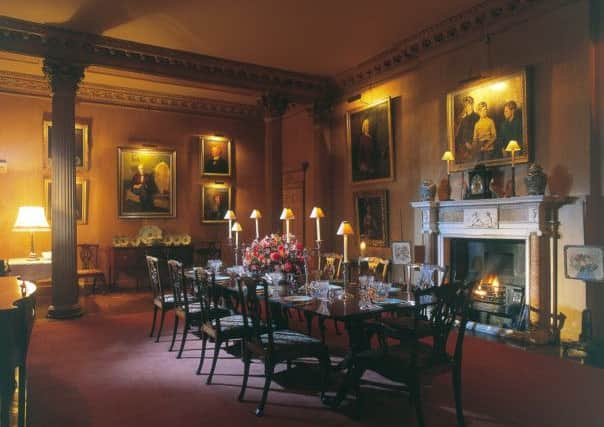

“A Labour government allowed us to offset repair bills against tax but then Gordon Brown scrapped it. I’m hoping it will be reinstated because it’s all about preserving history and it’s much cheaper to keep these homes in private hands. If they are taken on by the National Trust, they cost the country millions,” says Sir William, who took over from his father in 1987.
Farming, he says, is always volatile. Rents from estate properties generate a good income but maintenance costs are high. Forestry, which makes up a third of the land, is not very profitable but it is his great love. It’s why he decided to accept the post of chair of the National Forest Company, a government-led initiative to turn industrial wastelands in the Midlands into woodland.
Like many historic home heirs, he studied estate management and is also a chartered surveyor with a genuine love of architecture. His Dutch wife, Marie-Noelle, is a gifted artist and her design skills have been put to good use on the hall’s interiors.
“She’s the best room dresser in Britain,” he says.
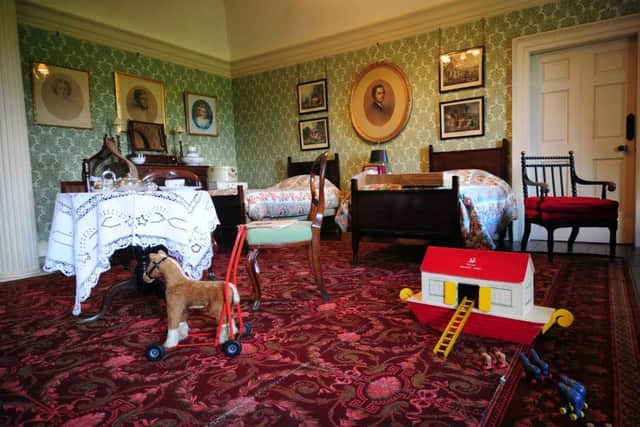

Advertisement
Hide AdAdvertisement
Hide AdThe couple, who have three children, Isabella, Francesca and Marcus, lived in a house nearby until moving to the hall in 2002. Since then they have renovated and improved the property. Re-roofing was the first job and took two years. Repairs to high-level stonework took another two years and then there was a rewire. Money is now being spent on the “bits you can see”.
Their love of art is apparent. Sir William likes modern British and contemporary paintings, while Lady Worsley loves ceramics, so there are plates by York’s Mark Hearld and a new stand-out piece by Merete Rasmussen. Continuous Yellow, a bright contemporary ceramic sculpture, adds zest and dynamism to the Samson room, which is full of classical busts and statues.
The most recent project was redecorating a staircase, which now features 17th and 18th century prints from the family archive. They are all hung on chains, which add interest and saves banging hooks into the historic walls.
Picture hanging is one of Sir William’s specialities. “I enjoy it, plus getting an expert to do it is expensive and I am a Yorkshireman,” he says. The staircase prints, which were framed by Les Prince, of Malton, include a humorous picture of Oliver Cromwell’s head on Charles I’s body. Cromwell is a Worsley ancestor.
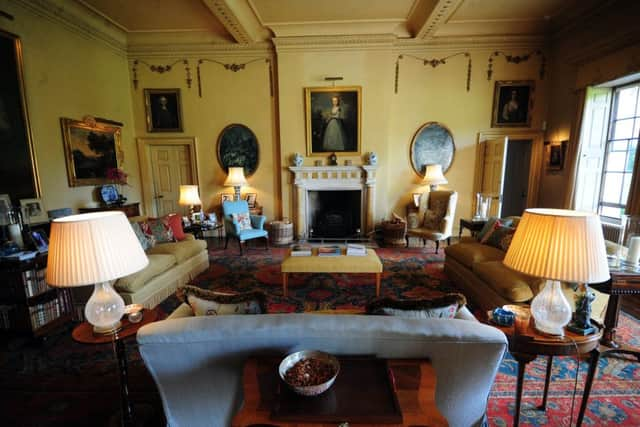

Advertisement
Hide AdAdvertisement
Hide Ad“He brought about change and he refused the throne, which says a lot about him. I think the nation owes a lot to him,” says Sir William, who has also taken a sympathetic approach to the hall’s restoration.
The Ionic room, last decorated in 1927, is a triumph. It has been repainted and new gold leaf added to the decorative plasterwork by York-based Hesp and Jones. The antique carpet was “threadbare and full of dog wee” but was saved from the skip by sending it to Turkey to be restored.
For this year’s opening the Worsleys have raided the attics and recreated the 1950s nursery. There are old toys, two tiny beds and a picture of Sir William’s father, painted by an ex-girlfriend, is over the fireplace. She has captured the Worsley “twinkle” and the sense of humour gene that is still going strong.
“He later married my mother and, of course, she would never allow the painting to be hung,” says Sir William, whose own family quarters are a mix of old and new, including pieces from Ikea, which probably won’t be the antiques of the future.
Advertisement
Hide AdAdvertisement
Hide Ad“We’ve got an Ikea table and when we moved it recently the leg fell off,” laughs Sir William, who will eventually move from Hovingham Hall to make way for his son.
“It’s a beautiful house but it will be nice to live somewhere smaller and warmer,” he says. “Most homes have their heating set to 22 degrees and we have it at 15 to keep the bill down.”
Hovingham Hall opens until June 28 from 12.30pm until 4.30pm with last tours at 3.30pm. Tickets cost £9.50 adult, £9 concessions, £5 children under 16. hovingham.co.uk